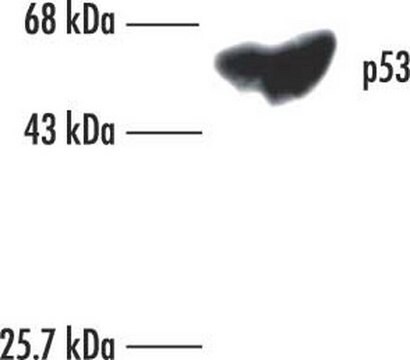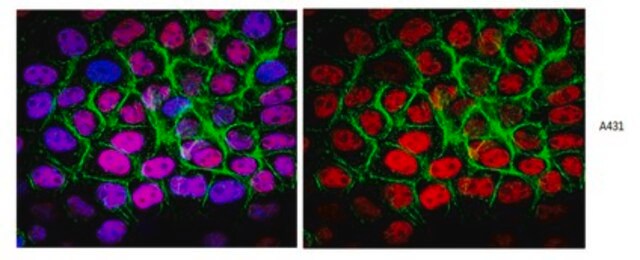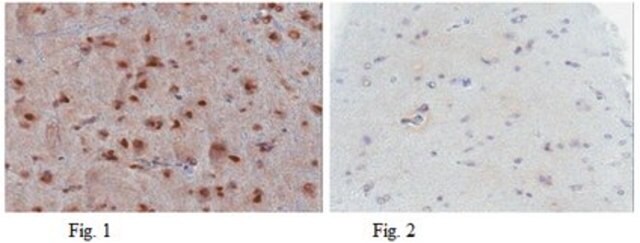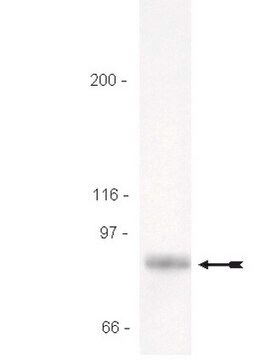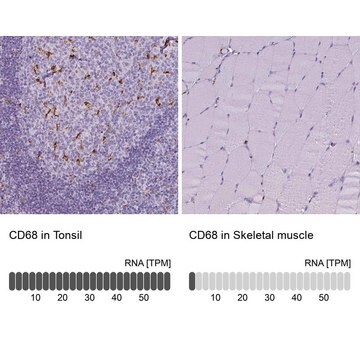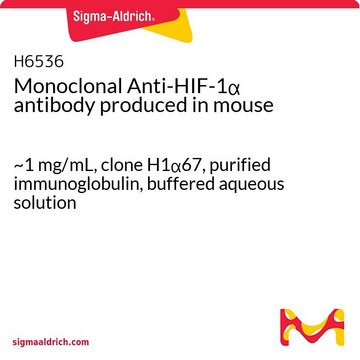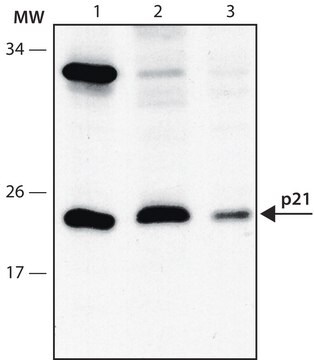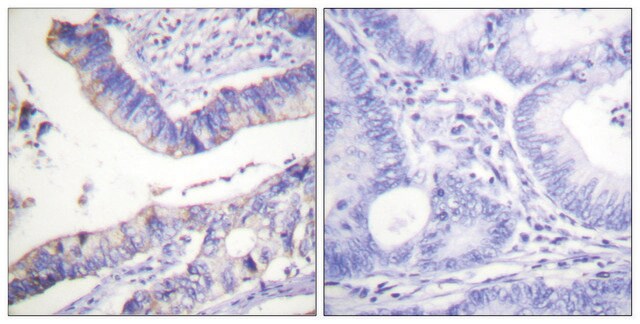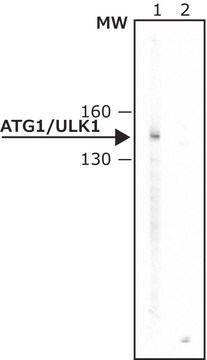Kluczowe dokumenty
P6749
Anti-p53 antibody, Mouse monoclonal
clone PAb1801, purified from hybridoma cell culture
Synonim(y):
Anti-p53 antibody, Mouse monoclonal, Anti-TRP53, Anti-Transformation-related protein 53
About This Item
Polecane produkty
pochodzenie biologiczne
mouse
Poziom jakości
białko sprzężone
unconjugated
forma przeciwciała
purified immunoglobulin
rodzaj przeciwciała
primary antibodies
klon
PAb1801, monoclonal
Formularz
buffered aqueous solution
masa cząsteczkowa
antigen ~53 kDa
reaktywność gatunkowa
human
stężenie
~2 mg/mL
metody
immunohistochemistry: suitable
immunoprecipitation (IP): suitable
indirect ELISA: suitable
western blot: 0.03-0.06 μg/mL using total cell extract of A431 cells
izotyp
IgG1
numer dostępu UniProt
Warunki transportu
dry ice
temp. przechowywania
−20°C
docelowa modyfikacja potranslacyjna
unmodified
informacje o genach
human ... TP53(7157)
Szukasz podobnych produktów? Odwiedź Przewodnik dotyczący porównywania produktów
Opis ogólny
p53 is a tumor suppressor gene expressed in a wide variety of tissues. It is a tetrameric nuclear DNA-binding phosphoprotein. The gene encoding it is localized on human chromosome 17p13.1 and mouse chromosome 11.
Zastosowanie
Działania biochem./fizjol.
Postać fizyczna
Oświadczenie o zrzeczeniu się odpowiedzialności
Nie możesz znaleźć właściwego produktu?
Wypróbuj nasz Narzędzie selektora produktów.
polecane
produkt powiązany
Kod klasy składowania
10 - Combustible liquids
Klasa zagrożenia wodnego (WGK)
WGK 3
Temperatura zapłonu (°F)
Not applicable
Temperatura zapłonu (°C)
Not applicable
Środki ochrony indywidualnej
Eyeshields, Gloves, multi-purpose combination respirator cartridge (US)
Wybierz jedną z najnowszych wersji:
Masz już ten produkt?
Dokumenty związane z niedawno zakupionymi produktami zostały zamieszczone w Bibliotece dokumentów.
Klienci oglądali również te produkty
Produkty
p53 regulates gene expression, cell cycle control and functions as a tumor suppressor. Inactivation of p53 is closely tied to cancer development.
p53 reguluje ekspresję genów, kontrolę cyklu komórkowego i działa jako supresor nowotworów. Inaktywacja p53 jest ściśle związana z rozwojem raka.
Nasz zespół naukowców ma doświadczenie we wszystkich obszarach badań, w tym w naukach przyrodniczych, materiałoznawstwie, syntezie chemicznej, chromatografii, analityce i wielu innych dziedzinach.
Skontaktuj się z zespołem ds. pomocy technicznej
